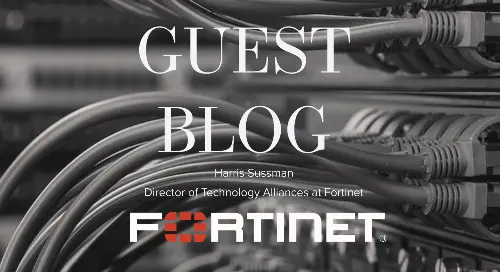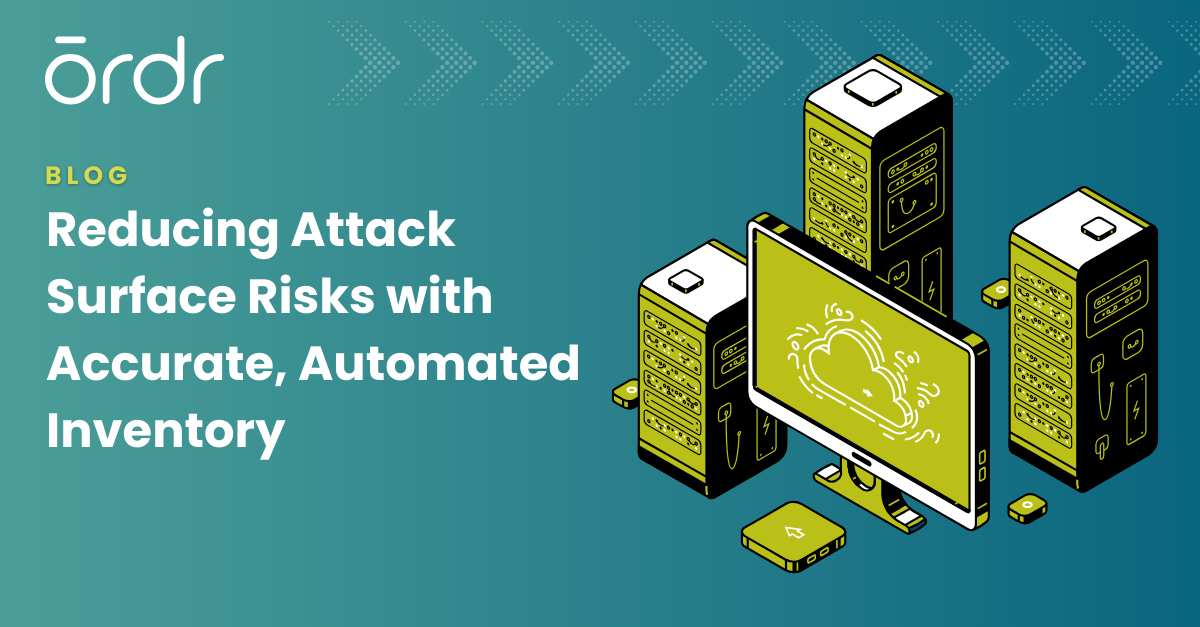Corporate adoption of IoT has been under way for some time, but things are about to accelerate in a big way. The rapid adoption of enterprise edge computing and 5G technology are key catalysts for organizations to optimize their businesses and create a competitive advantage. Additionally, COVID-19 has forced the hand of most mid and large enterprises to further extend their network perimeters. This is being accomplished by rolling out secure teleworker solutions ensuring hundreds of millions of employees can remain productive during the pandemic.
As enterprise landscapes evolve, companies are grappling with how to adapt to the growing reality of new threat vectors. If past cyber-attacks are any indication, these exploits are merely a glimpse of what’s to come. Most businesses were already deficient in having a thorough cybersecurity posture, and the increasing number of IoT and unmanaged devices is further exacerbating that issue. Some of the most common vulnerabilities include weak passwords, outdated devices and unpatched software, misconfiguration of network devices, and a lack of device management to name a few.
Customers are demanding that cybersecurity vendors reduce complexity, incorporate existing vendors into new solutions and partner to attain maximum benefit. Ordr, the leader in visibility and security of all connected devices and Fortinet, a global leader in broad, integrated and automated cybersecurity solutions are partnering to deliver exactly what customers are seeking to accommodate the IoT device growth being predicted.
The combined integration of Ordr Systems Control Engine (SCE) with Fortinet’s Security Fabric delivers granular visibility and the automated control and response needed to thwart new threats resulting from the massive number of IoT devices emerging. Ordr is a vital member of the Fortinet Open Fabric Ecosystem, the premier technology partnering program in cyber security.
Evolving network architectures should incorporate the following key elements listed below, which are paramount in helping practitioners combat the onslaught of threats posed by new devices being added to the network.
The integrated solutions offered by Ordr and Fortinet are highly differentiated to deliver these critical features;
- ML or machine learning is being used in network monitoring, gathering threat intel and remediation, while it is also being leveraged for identifying anomalous behavior and flagging these patterns in real time.
- ZTNA or Zero Trust Network Access has existed for more than 10 years, but has been perpetually modified. NIST (National Institute of Standards and Technology) continues to refine the ZTNA architecture. Three major components should exist in ZTNA including
- Continual visibility of devices and users connected to the network,
- Ability to enforce security policies despite devices type, location or method of access
- Ability to maintain enforcement and visibility when device goes off line
Assessing your threat landscape for vulnerabilities must be an iterative process. The speed at which disruptive technologies are being adopted and the addition of billions of IoT connected devices to the internet, will warrant stronger “cyber-hygiene” including frequent cyber assessments and leveraging key partnership and tools for simplification. This endless battle warrants businesses to continuously refine how they address granular device visibility, control and how to appropriately respond to emerging threats.
Interested in Learning More?
Subscribe today to stay informed and get regular updates from Ordr Cloud




